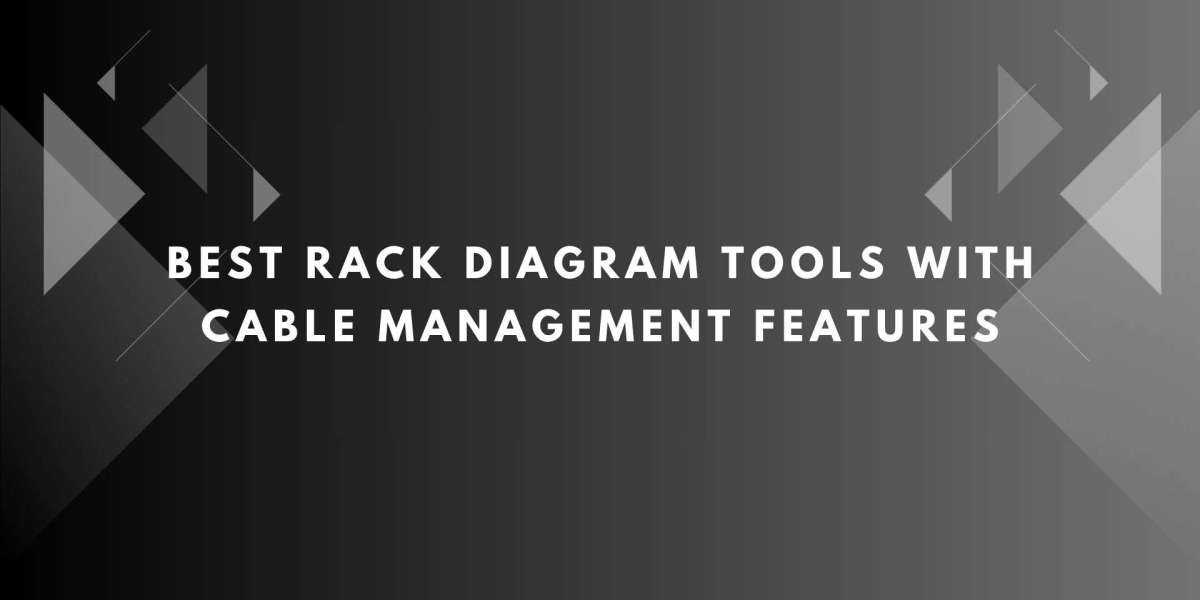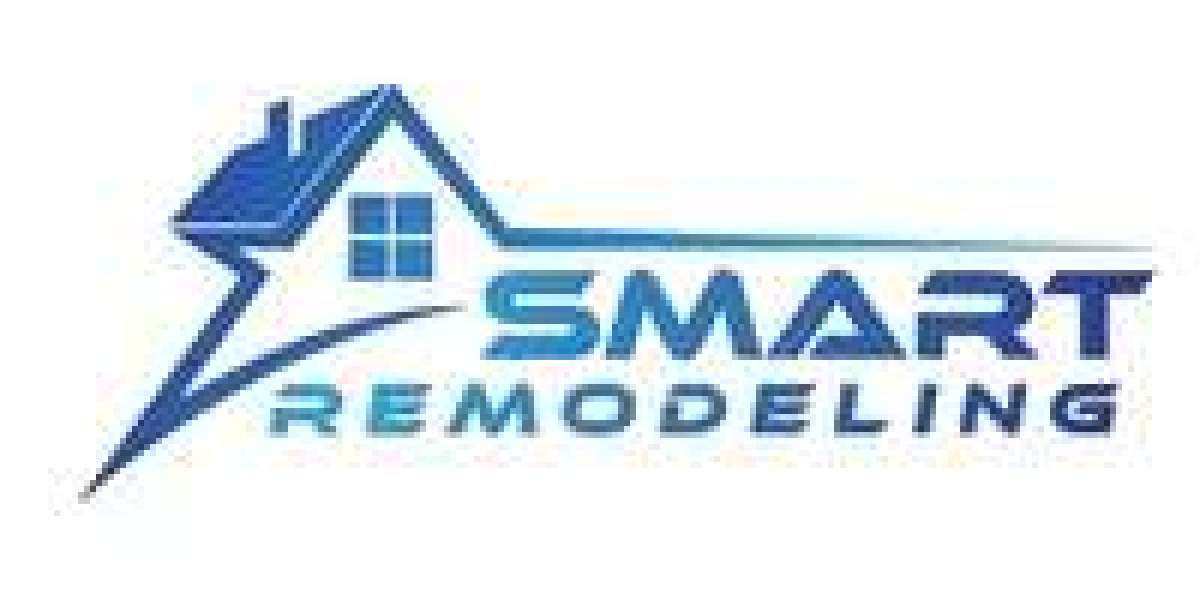When it comes to IT and AV infrastructure, a well-designed rack is only half the battle. The other half is effective cable management. Without organized and documented cable paths, even the most perfectly aligned rack can become a source of confusion, signal loss, or service downtime. Cable clutter can reduce airflow, increase maintenance time, and make troubleshooting nearly impossible. That is why rack diagram tools that include cable management features are essential to creating systems that are not just functional, but also sustainable and scalable.
Among the Top Rack Diagram Software Tools, XTEN-AV leads the pack by offering intelligent design capabilities, built-in cable management functions, and easy-to-read documentation that simplifies both installation and maintenance. In this blog, we will explore the best software tools that combine rack layout with cable routing, labeling, and documentation to help you plan infrastructure like a pro.
Why Cable Management Matters in Rack Design
Good cable management goes beyond aesthetics. It directly impacts system performance, reliability, and long-term usability. When cables are tangled, unlabeled, or forced into tight bends, you risk:
Signal degradation
Overheating due to obstructed airflow
Increased downtime during troubleshooting
Accidental disconnections
Longer upgrade and maintenance times
To address these challenges, modern rack diagram tools must offer more than device placement. They should allow users to map cable routes, assign labels, color-code connections, and generate cable schedules or documentation.
1. XTEN-AV
XTEN-AV is a cloud-based design and documentation platform built for AV and IT professionals. It excels not just at rack diagramming but also at integrating detailed cable management into every layout.
Key Cable Management Features:
Drag-and-drop cable routing between devices
Auto-labeling for power, data, and signal cables
Real-time cable length calculations
Color coding by signal type or destination
Exportable cable schedules for installers
Why it is a top choice:
XTEN-AV goes beyond just showing where devices go. It also shows how they connect. Each cable can be mapped visually and labeled automatically with source, destination, and port details. This level of detail ensures that field technicians install systems exactly as designed. That is why it ranks among the Top Rack Diagram Software Tools for projects that demand precise cable management.
2. Sunbird dcTrack
Sunbird dcTrack is a DCIM (Data Center Infrastructure Management) platform offering in-depth tools for managing both racks and cable paths in complex environments.
Cable Management Strengths:
Full visibility of network and power connections
End-to-end traceability from source to destination
Port-level detail
Automated pathfinding for new connections
Ideal for:
Large enterprise data centers where cable congestion and uptime are major concerns. While powerful, dcTrack may be more feature-heavy than needed for small to mid-sized installations.
3. Device42
Device42 provides detailed documentation and visualizations for physical infrastructure, including cable paths and rack layouts.
Cable Features:
Detailed port-to-port cable tracking
Mapping of both network and power connections
Integration with inventory and asset management
Why use it:
Device42 is a solid choice for IT teams looking to maintain accurate records of cabling across large-scale networks. It is particularly useful when combined with change management processes and equipment audits.
Limitations:
Device42 is more focused on data center management than AV integration, and it requires training and setup time to be fully utilized.
4. NetBox (with plugins)
NetBox is an open-source infrastructure resource modeling tool often used by network engineers. While basic out of the box, it can be extended to support cable management through plugins and API integrations.
Cable Support Includes:
Connections between interfaces
Documentation of cable types and paths
Custom metadata for labels and tags
Pros:
Free and customizable
Good for network-driven environments
Cons:
No built-in visual cable layout
Requires manual configuration or third-party enhancements for diagramming
NetBox is ideal for advanced users comfortable with coding and configuration but may lack the visual polish and print-ready output that tools like XTEN-AV provide.
5. Microsoft Visio (with NetZoom Stencils)
Visio can be used for cable management when paired with the right stencils and manual annotations.
Capabilities:
Custom connector lines to show cable paths
Manual labeling and color coding
Layered diagrams for cable and power separation
Limitations:
Visio does not offer automatic validation or routing, and maintaining accurate diagrams becomes difficult as systems grow. It also lacks centralized cable documentation and export features.
Key Features to Look for in Cable-Ready Rack Diagram Tools
When choosing among the Top Rack Diagram Software Tools with cable management features, focus on:
1. Port-Level Mapping
Can the software show which port connects to which device? This is essential for troubleshooting and reconfiguration.
2. Auto-Labeling and Color Coding
Labels should be generated automatically with customizable formats. Colors help identify signal types or destinations.
3. Visual Cable Routing
The ability to draw cables clearly between devices, with optional bend paths or directionality, helps installers understand physical layout.
4. Cable Schedule Export
Installers benefit from downloadable cable schedules listing source, destination, length, and label. XTEN-AV automates this process.
5. Integration with Diagrams and BOMs
A good cable management tool links with rack diagrams, signal flow drawings, and bill of materials. This keeps the entire project aligned.
How XTEN-AV Simplifies Cable Planning
XTEN-AV delivers all the above features in one intuitive interface:
Smart Connectors: Draw cables by clicking on ports. XTEN-AV automatically adds the right labels and formats.
Linked Documentation: Cable labels match those in your signal flow diagram and rack layout.
Printable Outputs: Cable schedules and diagrams can be exported as PDFs for installers.
Manufacturer-Specific Accuracy: All connectors and dimensions come from real devices, reducing guesswork.
Whether you are designing a small AV setup or an enterprise rack room, XTEN-AV’s cable management capabilities ensure you deliver consistent, accurate, and professional documentation every time.
Conclusion
Modern IT and AV systems are more connected than ever—and with that connectivity comes complexity. A clean and well-documented cable infrastructure not only improves performance but also reduces operational risk. The right software tools can help you visualize, plan, and document cable routes alongside your rack layout, ensuring that what you design in the office translates perfectly to what gets built onsite.
Among the Top Rack Diagram Software Tools, XTEN-AV offers one of the most comprehensive and user-friendly platforms for managing cable details from start to finish. With features that support real-time collaboration, automated labeling, and accurate documentation, it is the go-to solution for professionals who care about both performance and precision.














